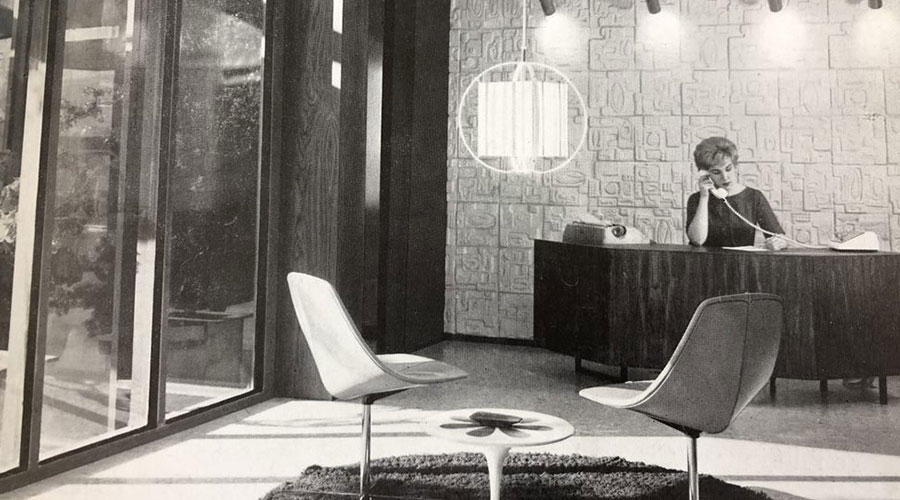Demand-Response Contracts
Just as many facility executives have found ways to take advantage of competition when purchasing energy, others are learning that the same techniques may be applied to demand response. To gauge their opportunities in this area, some facility executives now competitively bid their demand potential and take the bidder willing to offer the best terms.
Some demand-response contracts have, for example, a provision that allows the provider to charge customers a minimum fee when no calls for demand reductions occur, which is always a distinct possibility. Others take a progressively higher percentage when calls are rare or short, consuming most of the benefit. Such items may be open to negotiation or removal when choosing a provider. Most important, however, is the percent split between customer and demand-response provider. If the demand-response provider really wants the business, it may be willing to take a smaller cut in exchange for a longer term, or some other arrangement. Other issues, such as penalties for failure to respond, contract term, exit fees, and payments to allow use of an on-site generator may also be open to negotiation as part of a competitive bid.
Lindsay Audin is president of EnergyWiz, an energy consulting firm based in Croton, N.Y. He is a contributing editor for Building Operating Management.
Related Topics:

















